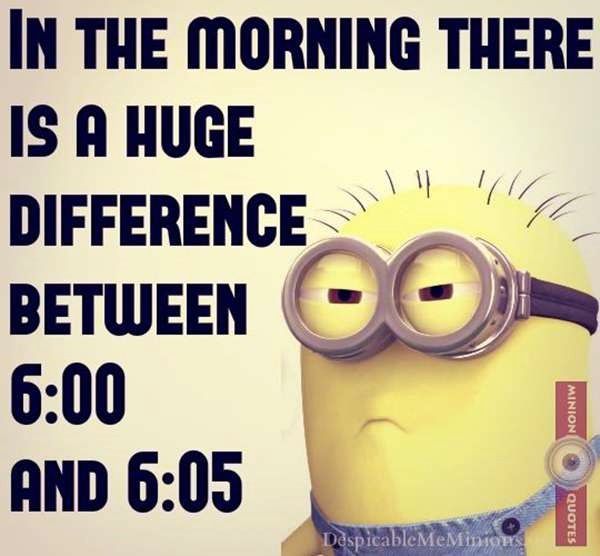Good Morning spanish translation

Title: Good Morning in Spanish: Your Ultimate Guide to Morning Greetings
Introduction
Waking up to a fresh start each day is a beautiful experience, and what better way to greet the morning than with a warm “Good Morning”? If you’re looking to spread positivity in Spanish, you’ve come to the right place. In this blog post, we’ll explore the translation of “Good Morning” in Spanish, along with some creative ways to say it, cultural insights, and tips for using these phrases in everyday conversations.
The Basic Translation: “Buenos Días”
The most common translation of “Good Morning” in Spanish is “Buenos Días.” This phrase is widely used across Spanish-speaking countries and is appropriate for both formal and informal situations. Whether you’re greeting a colleague at work or a friend at breakfast, “Buenos Días” is the go-to phrase.
Alternative Ways to Say Good Morning in Spanish
While “Buenos Días” is standard, there are several other ways to express morning greetings in Spanish, depending on context and region:
¡Hola! – Simply saying “Hello!” is a casual and friendly way to greet someone in the morning.
¡Buen día! – This translates to “Good day!” and is often used in place of “Buenos Días” in some regions.
¡Qué tal! – Meaning “What’s up!” or “How’s it going!”, this phrase can be used in the morning to ask about someone’s well-being.
¡Feliz día! – Translating to “Happy day!”, this phrase is an upbeat way to wish someone a great day ahead.
Cultural Insights
In many Spanish-speaking cultures, greetings are an essential part of social interactions. It’s common to exchange pleasantries in the morning before diving into business or casual conversations. Taking a moment to greet someone with “Buenos Días” can set a positive tone for the day and show respect for the other person.
Tips for Using Morning Greetings
Tone and Context: Adjust your tone and choice of words based on your relationship with the person you’re greeting. Use “Buenos Días” for formal settings, and feel free to be more casual with friends.
Add a Personal Touch: Enhance your morning greetings by adding a compliment or a question, such as “¡Buenos Días! ¿Cómo te sientes hoy?” (Good morning! How are you feeling today?)
Practice Makes Perfect: If you’re learning Spanish, practice these greetings in your daily life. The more you use them, the more natural they will feel.
Conclusion
Starting your day with a friendly “Good Morning” in Spanish can brighten someone’s mood and strengthen your connections. Whether you choose “Buenos Días” or one of the alternative phrases, you can spread positivity and warmth in every interaction. For more tips and translations, visit GoodMorningWishes.net and start your day with kindness and good vibes!
Call to Action
Share your favorite morning greetings in Spanish in the comments below! And don’t forget to visit GoodMorningWishes.net for more inspirational content to brighten your mornings.













